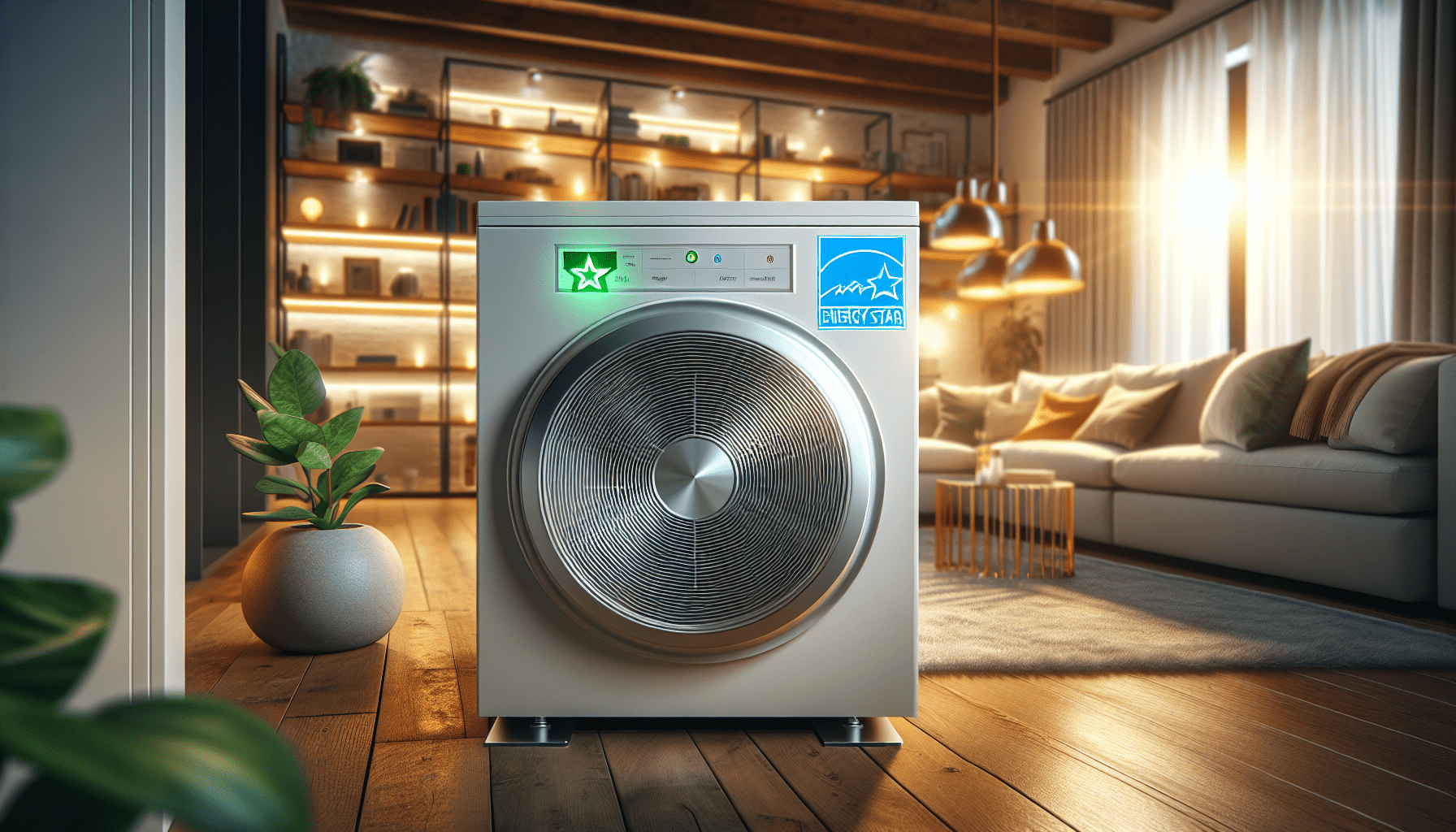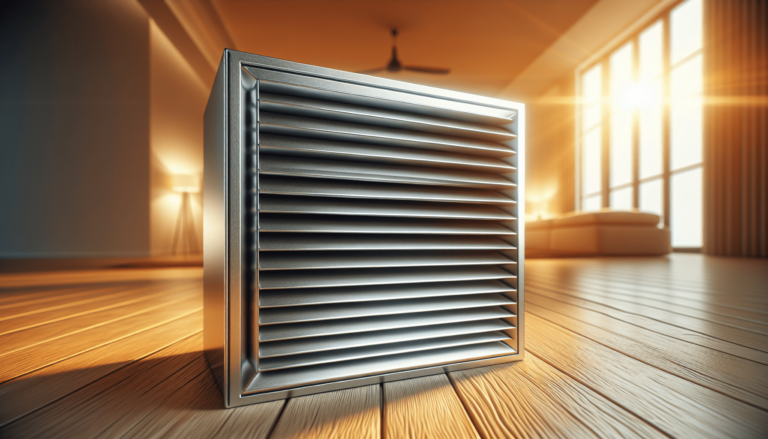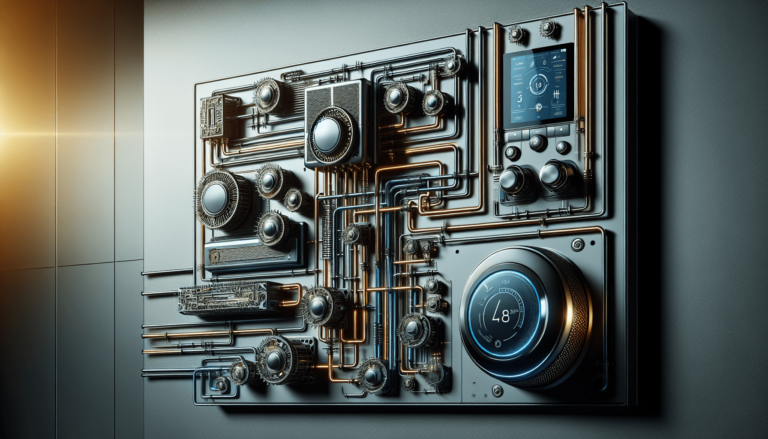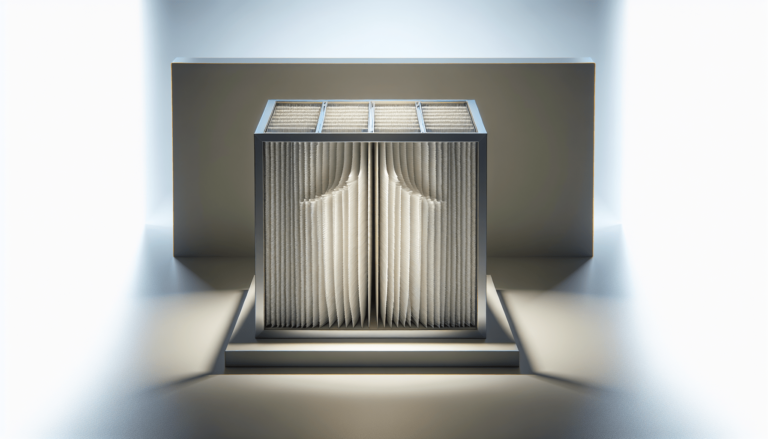

HVAC Services
Get Professional Repairs From The Area's Trusted HVAC Technicians. Ask About Our Services! We Offer Professional Heating & Cooling System Repairs And Guarantee Long-Lasting Results.
Got Question? Call us: (850) 678-2665Financing
Energy Star Ratings: What They Mean For Your HVAC
Discover how Energy Star Ratings can save you money, boost HVAC performance, and reduce your carbon footprint. Learn more from Tempacure Heating and Air Conditioning.

Energy Star Ratings are more than just a label; they are your key to understanding the efficiency and environmental impact of your HVAC system. By choosing Energy Star-rated equipment, you’re not only ensuring optimal performance but also saving on energy bills and reducing your carbon footprint. This article delves into the significance of these ratings and how they directly affect your comfort, budget, and the planet. For expert advice and exceptional HVAC service, Tempacure Heating and Air Conditioning in Niceville, FL, has you covered. Learn more by reaching out to them at (850) 678-2665 or visiting their website at https://tempacurehvac.com/.
Have you ever walked down the aisles of a store, pondering over a new HVAC system, and noticed those little blue stickers that say “Energy Star”? At first glance, it might seem like just another gimmick to convince you to spend more money. But what if I told you that these ratings could actually save you money and contribute to a healthier planet? Welcome to the world of Energy Star Ratings and what they mean for your HVAC systems.

What is Energy Star?
Energy Star is a program launched by the U.S. Environmental Protection Agency (EPA) in 1992 to promote energy efficiency. Initially, it began with labeling computers and monitors, and it has since expanded to include a wide variety of household appliances, including those trusty HVAC systems that keep you from becoming a human popsicle in winter and a puddle of sweat in summer.
Energy Star products are designed to be more energy-efficient than the standards set by the federal government. Whether it’s your refrigerator humming away in the kitchen or the air conditioner battling a sweltering day, these products consume less energy. In layman’s terms, an Energy Star-rated product is like that friend who always leaves a party at a reasonable hour—they never overstay their welcome.
The Significance of Energy Star Ratings for Your HVAC
You might be thinking, “Okay, cool story, but what does that have to do with my HVAC system?” Great question! HVAC systems are notorious for gulping down energy. You know how your Uncle Bob polishes off a Thanksgiving turkey? That’s your HVAC system with your electrical bill. Fortunately, Energy Star-rated HVAC systems can cut those energy costs significantly—even up to 20% less energy than standard models.
Why Does This Matter?
First off, these systems can severely trim down your utility bills. Imagine slashing 20% off your yearly heating and cooling costs and having extra cash for those vacations you’ve been daydreaming about. But it’s not just about your bank account. Energy-efficient systems are less taxing on the environment. When you consume less energy, fewer fossil fuels are burned, resulting in fewer greenhouse gas emissions. It’s the eco-friendly gift that keeps on giving.
How Do Energy Star Ratings Work?
Let’s break down the science behind these ratings, shall we?
The key metrics for understanding Energy Star ratings for HVAC systems are SEER (Seasonal Energy Efficiency Ratio) and EER (Energy Efficiency Ratio).
SEER (Seasonal Energy Efficiency Ratio)
SEER is a measure of the cooling output of an HVAC system during a typical cooling season, divided by the energy it consumes in watt-hours. Think of it as the MPG (Miles Per Gallon) for your air conditioning system. The higher the SEER number, the more efficient the unit. Currently, any unit with a SEER rating of 14 or higher is considered efficient, but Energy Star ratings typically range from SEER 15 and up.
EER (Energy Efficiency Ratio)
On the other hand, EER calculates the system’s efficiency at peak operating conditions, typically during the hottest weather. While SEER gives you a seasonal picture, EER teaches you about the system’s heavy lifting capabilities. Energy Star recommends an EER of at least 12.
Comparing SEER and EER
| Metric | Description | Minimum Energy Star Rating |
|---|---|---|
| SEER | Seasonal efficiency measurement | SEER 14 (standard), SEER 15+ (Energy Star) |
| EER | Peak condition efficiency | EER 12+ |
When you combine these ratings, you get a comprehensive picture of what your HVAC system can really do. It’s like judging your car’s performance both on your daily commute and during a cross-country haul.
Benefits of Energy Star-rated HVAC
Now, boiling down why you should care about any of this.
Financial Savings
Buying an Energy Star-rated HVAC system is like that moment when you find a dollar bill in your pocket—it’s a delightful surprise! While the initial investment might be higher, the long-term savings on your energy bills will end up giving you that sweet ROI (Return on Investment). Annually, you could save hundreds of dollars, which you can then use for things that don’t waste energy, like books or spa treatments.
Enhanced Performance
Energy Star-rated systems perform more efficiently and are often quieter and more durable than standard units. Reduced noise means no more yelling over the air conditioner to ask if someone has seen the remote. These units cycle on and off less frequently, minimizing wear and tear and extending the system’s lifespan.
Environmental Impact
Consider this a two-for-one deal. You save money, and you also save the environment. Fewer energy strains mean a reduction in the amount of electricity generated by fossil fuels. Imagine a world where you don’t have to choose between comfort and conscience. It’s nirvana, HVAC style.
Increased Home Value
Believe it or not, installing an Energy Star-rated HVAC system could increase your home’s resale value. Energy-efficient homes are more attractive to buyers, who will appreciate the lower utility bills and reduced carbon footprint.

How to Choose an Energy Star-rated HVAC System
Let’s navigate the maze of options to ensure you pick the right system tailored to your needs.
Size Matters
An HVAC system needs to be appropriately sized for your home. A unit that’s too small will struggle to regulate temperature, operating continuously and, ironically, consuming more energy. Conversely, an oversized system will short-cycle, turning on and off too frequently and elevating your energy bills.
Consulting with professionals, like those at Tempacure Heating and Air Conditioning—located at 325 Cedar Ave S, Suite B, Niceville, FL 32578—can help you determine the ideal size for your home. You can reach them at (850) 678-2665 or visit their website at Tempacure HVAC.
Comparing Models
Energy Star’s website includes a product finder tool to compare different models. You can check the SEER and EER ratings, estimated annual operating costs, and even consumer reviews.
Long-term Consideration
Look beyond the initial cost. Factor in your long-term savings on energy bills and possible maintenance costs. Often, Energy Star models come with extended warranties and are built with higher-quality materials, reducing the chances of wear and tear.
Rebates and Incentives
Many states offer rebates and incentives for purchasing Energy Star-rated HVAC systems. Check local and federal programs to maximize your savings and possibly reduce the initial cost.
Installation and Maintenance
Owning an Energy Star-rated HVAC system isn’t enough if it’s installed poorly or unreliably maintained. Think of it like buying a high-end car and never changing the oil.
Professional Installation
Improper installation can drastically decrease your HVAC system’s efficiency. Always hire certified professionals—like those from Tempacure Heating and Air Conditioning—to ensure your system is installed correctly. Proper installation guards against leaks and inadequate airflow, which can compromise system performance.
Regular Maintenance
Keep your system in peak condition by scheduling regular maintenance. Basic tasks like changing filters, cleaning coils, and checking refrigerant levels can help maintain efficiency.
Smart Thermostats
Consider pairing your system with a programmable or smart thermostat. These gadgets can optimize your HVAC system’s efficiency by reducing energy usage when you’re not home or sleeping. It’s like putting your HVAC system on autopilot.
Case Studies
Nothing beats real-life testimonials, right? Here are a couple of stories about folks who made the switch to Energy Star-rated HVAC systems and lived to tell the tale.
The Smith Family
After their dainty five-year-old daughter Sam developed a wheeze that sounded alarmingly like a bagpipe, the Smith family decided enough was enough. They installed an Energy Star-rated HVAC system, and—surprise surprise—those wheezy peaks in their home became a thing of the past. Their electricity bill noticeably decreased, and little Sam now breathes freely, even donning ballet slippers that gleam under cooler, cleaner air.
Mr. Johnson
An ardent fisherman and part-time gardener, Mr. Johnson felt that his previous HVAC system was about as effective as his fishing rod in a desert. Swapping it out for an Energy Star-rated unit, not only did he feel his financial boat float but also felt less guilty about leaving the A/C blasting while tending to his seasonal squash. He proudly reported a 30% drop in his energy bills and fewer grumbles from his environmentally-conscious wife.
Addressing Common Misconceptions
No good deed goes unpunished, and no new technology is free from misconceptions. Let’s address a few of the most common ones.
Too Expensive
True, initial costs can be high. But, consider the lifetime savings on energy bills. It’s like eating kale—awful at first but surprisingly beneficial in the long run.
Same Performance as Non-certified
Energy Star-rated systems aren’t just fancy stickers. They undergo rigorous testing to ensure they meet higher efficiency and performance standards.
Only for Large Homes
Smaller households can still benefit from Energy Star-rated systems. There are various options to fit different home sizes, so don’t let your studio apartment feel left out.
DIY Installation is Fine
Resist the temptation! While DIY might be great for arts and crafts, HVAC systems demand professional installation to achieve maximum efficiency.
Wrapping it Up
So, next time you’re scratching your head in the HVAC aisle, won’t you give that little blue star a second glance? From alleviating financial stress and improving performance to boosting environmental health and even increasing home value, Energy Star ratings offer a veritable cornucopia of benefits for your HVAC system.
If this has piqued your interest, consider consulting with the friendly experts at Tempacure Heating and Air Conditioning. Their team is more than happy to guide you through your options, ensuring you find a system that not only keeps your home comfortable but does so with a green conscience. For more information, visit them at their Niceville location or contact them at (850) 678-2665. Your wallet, your home, and the planet will thank you.
There you have it! A friendly handshake to Energy Star ratings and what they could mean for your HVAC system. Now, the next time the season changes and you flip that thermostat, you’ll feel a wee bit warmer (or cooler) knowing you made an informed choice. Cheers to energy efficiency, one HVAC system at a time!







